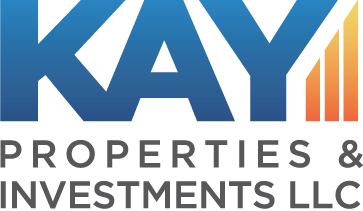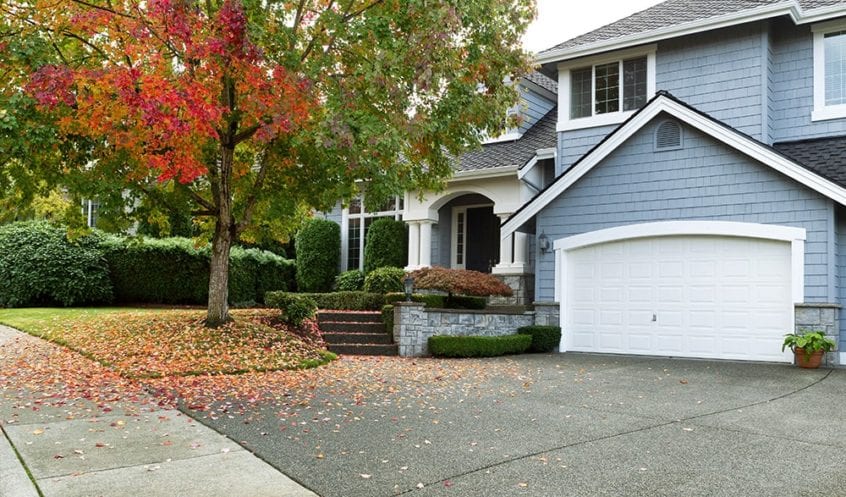For the last sixty years, investment in real estate to the average investor meant scraping together capital over a long-term mortgage to invest in residential properties. The primary source of wealth creation in the United States has been investing in your primary residence, with ownership remaining over 60% since 1960 according to the US Census Bureau. However, with a growth in population and prices, it is increasingly difficult for the average family to purchase a home. As a result, there has been an increase in people renting homes instead of purchasing them outright (US Census Bureau). This presents an opportunity for investors with capital to place by purchasing or investing in single family homes that can be owned and rented out to an emerging demographic. Although there is currently an increase in demand, there are still risks associated with owning a single-family home as a business investment.
Investing in a single family home may require an outlay of capital on top of the initial purchase. In order to attract tenants to the property, investors may have to keep up investment in their property that does not always result in demand growth. On top of those expenses, management of the property typically falls on the investor, which can get costly. After all expenses and outlays are paid for – there still may be a lull in demand in your market, resulting in a vacancy in your property. For these and other reasons, investors try their hand at other types of residential investment opportunities instead of investing in single family homes.
Following the great recession, multi-family has emerged as an attractive alternative in residential real estate investments. One reason why investors may choose multi-family properties compared to investing in single family homes is due to the consolidation risk. If you only have one unit to rent, like a single-family home, your turnover risk is higher wherein you are not receiving income while looking for another tenant. Multi-family allows for an investor to spread their risk over more units which can potentially keep cash flows more balanced in the ebb and flow of tenant turnover.
More recently, multi-family has become a particularly popular product type. Due to demand, there has been a compression in capitalization rates since 2011 according to a study done by the CBRE. This means that appreciation in multi-family has remained steady for the better part of this decade, but so has the price point to buy into this asset type. Paired with the costs of management and the headaches of being a landlord, multi-family is an investment that takes serious dedication by the investor.
Investors that are looking to take advantage of some positive market factors currently associated with residential properties like population growth and rent growth but have encountered certain obstacles when it comes to investing should look into alternatives like single family residence portfolios. In these types of assets, a group of typically ten to eighty homes across a metropolitan area are tied together and sold in pieces as a diversified portfolio. For example, a portfolio might consist of fifty homes in the Dallas – Ft. Worth area that has houses spread out from one side of the city to the other.
To summarize, some of the benefits of a single-family portfolio include:
- Instead of being invested in one piece of real estate, you are diversified* across the market without relying on the performance of one asset. Essentially, you are relying more on the market as a whole than how one property will perform.
- At this point in the market cycle, single family homes are typically easier to invest in than multi-family buildings. Multi-family apartments can require larger capital outlays and have had more competitive pricing at this point in the market (CBRE).
These two reasons alleviate some of the concerns associated with certain types of residential investments. More advantages could be realized through the Delaware Statutory Trust platform. Through a DST sponsor company, there are single-family portfolios that are professionally managed for the investor and are acquired through the expertise of sponsor companies. However trying to find which properties to invest in can be challenging and choosing a trustworthy management company at an affordable rate can dissuade an investor altogether. There is a solution though: Through DST sponsored offerings, there are some portfolios wherein both of these concerns are addressed.
However, there’s a caveat: when looking to place capital, investors should exercise diligence in choosing the right portfolios to place capital. There are some risks involved when investing in SFR portfolios through DST offerings.
- Cash flows may fluctuate intensely due to turnover. Like in any multi-tenant structure tenants come and go, leaving the owners at the will of marketing and the market as a whole to draw tenants in. Turnover can leave a unit vacant for months if the market isn’t strong. This is why it is important when evaluating portfolios to take the strength of market into account.
- When approaching a potential portfolio opportunity, it is important to analyze the underlying value of the properties. It can be easy to get caught up in the excitement of diversification, but knowing what investments make up the portfolio is important otherwise packaging bad deals together can make something bad look good.
Single vs. Multi-Family Properties for a 1031 Exchange
In this section we consider which single or multi-family properties are eligible for a 1031 exchange.
Needless to say the DST 1031 exchange is only possible with an investment property. So a single family home in which an investor has been living in consistently for say 12 years is not eligible for a 1031 exchange. However, in the case of a multi-family home, it’s possible to complete a 1031 exchange even if the investor has been living in it. Since the investor can live in 1 unit while renting out the others in case of a multi-family property, it becomes an investment property that is eligible for a DST exchange.
The only scenario in which a single family home can be used for a 1031 exchange is when it has been in ownership for 5 years, lived in for 2 years, and then rented out for the remaining time. In such a case, it would have been used as an investment vehicle for a longer duration, which makes it eligible for a 1031 exchange. Therefore when investing in single family homes or multi-family units which you later intend to use for a DST 1031 exchange, it’d make sense to analyze the pros and cons carefully in light of the criteria or eligibility regarding the same.
Coming back to SFR portfolios, it’s quite clear that they are not a fit for all investors, and it is advisable to consult your CPA or attorney before making a decision to invest. While executing a 1031 exchange into a Delaware Statutory Trust, a SFR portfolio could be beneficial to the diversity* you are looking to bring to your own portfolio. If you feel that the benefits described above fit your investment profile, Kay Properties may be able to help you find a portfolio that best fits your needs.
Sources:
https://www.census.gov/housing/hvs/files/currenthvspress.pdf
https://www.cbre.us/research-and-reports/2019-US-Real-Estate-Market-Outlook-Multifamily
https://www.rentcafe.com/blog/rental-market/market-snapshots/change-renter-vs-ownerpopulation-2006-2016/

